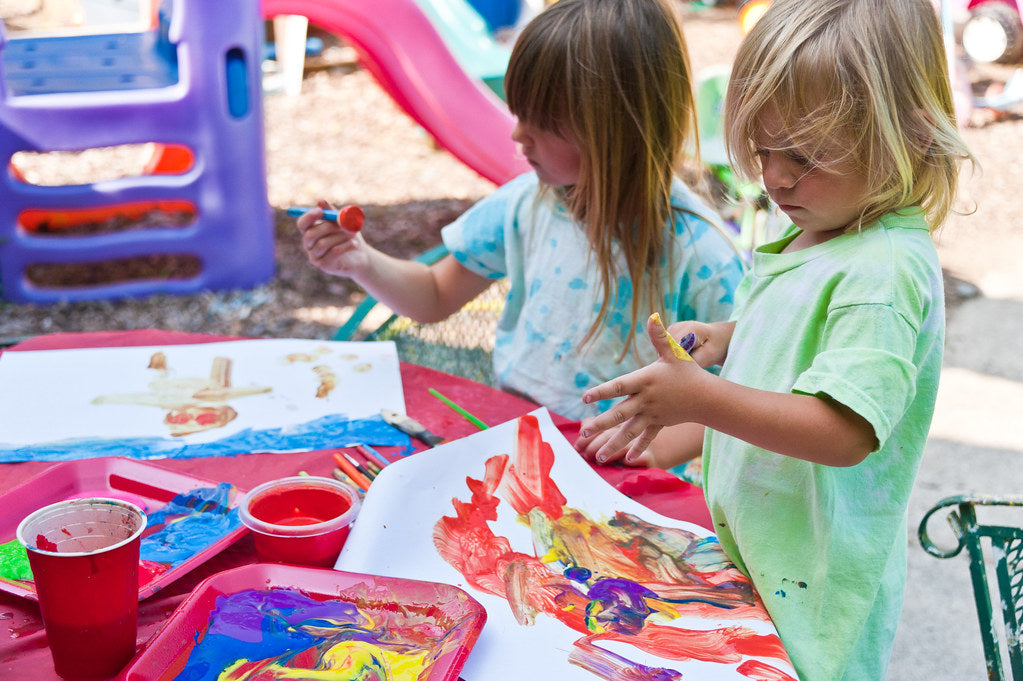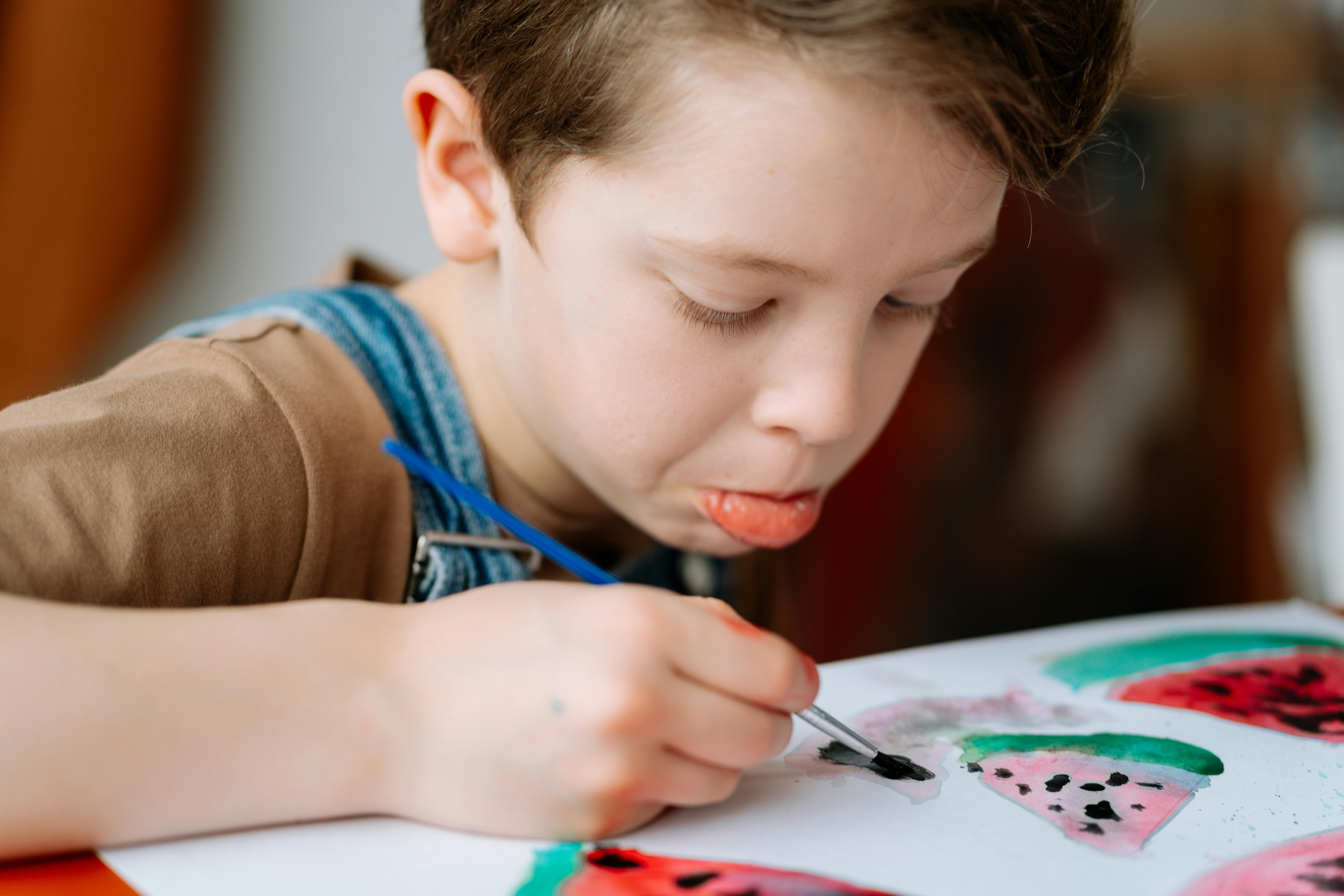
Help! Finding Routine in Our Homeschool Days
Homeschooling is an adventure! And like any adventure, it can have its calm days and chaotic ones too. Finding a routine that works for you and your family and sticking to it can help set your student up for a great day of learning.
The Difference Between a Schedule and a Routine
Does your child have a daily routine or homeschool schedule?
A schedule is a strict plan that outlines exactly what subjects will be covered at specific times. Schedules are neither good nor bad. Your child may follow a daily schedule during the school day at home or if they attend summer camp. There might be parts of a schedule that your child loves or find more challenging. A schedule generally does not have flexibility, but can with intentionality.
A routine is a predictable activity or set of activities that typically occur at the same time of day or in a certain order. Routines happen regularly and often, the progression of the routine happens in a consistent order.
Think of a schedule like a rigid train schedule: You must board at the exact time, and if you miss it, you're out of luck. A routine, on the other hand, is more like a general travel plan. You know you're going to visit a few key landmarks, but you might be flexible about the timing of your stops.
Schedules can feel restrictive and lead to frustration if things don't go according to plan. Routines, however, allow for detours, unexpected discoveries, and the freedom to adjust based on your family's needs and moods.
Routines are Good for Kids
Routines are beneficial for children. By providing a sense of predictability and structure, routines create a comforting and secure environment for children, which can help reduce anxiety and promote calm. Predictability empowers children to become more independent, as they learn to navigate daily tasks and routines with greater ease because they know what to expect next. For example, consistent morning routines can teach a child to brush their teeth, wash their face, make their bed, put on their outfit for the day, and prepare for school independently.
Routines establish clear expectations and boundaries, which can help children understand appropriate behavior. A consistent bedtime and calming bedtime routine can significantly improve sleep quality for your child, which is crucial for physical and mental health.
Routines create a great environment for learning. Consistent study times and dedicated learning spaces can help children focus and support their academic progress. With routines in place, children develop habits, work on time management, and anticipate the parts of their day that they like most.
Routines also help children develop social-emotional skills, like self-regulation, emotional regulation, and cooperation.
Routines provide a valuable framework for children's growth and development, fostering a sense of security, independence, and well-being.
Tips for Creating a Homeschool Routine that Works for Your Family
Remember: homeschooling is an adventure, not a race. Experiment, adjust, and most importantly, enjoy the process of learning alongside your children. Here are some tips that can help you create a general routine that your homeschooling family can follow.
1. Follow Your Family’s Rhythm
Don't try to force your child into a routine that doesn't fit. If they’re not an early riser, consider starting the day a bit later than what you might think is typical. Having flexibility and paying attention to your family’s natural rhythms when creating a routine can help you decide what is realistic for your child, and lessen frustration down the road.
2. Look at Your Child’s Day Holistically
To create a routine, you can start by determining where a routine would be beneficial. Does your child have trouble getting in a ready-to-learn mindset? Establishing a morning routine they can do independently can help them prepare for the day.
Does your child experience the afternoon slump? Perhaps creating a routine around snacktime can provide a much-needed brain break (and some fuel too!).
Other times of day when a routine can be implemented include after dinner to help clean up, before a sports practice to get ready and make sure they have all their gear, and when they come home from an extracurricular activity.
3. Adjust the Routine
The best homeschool routine is the one that works for your child. Don’t hold so tightly to a routine that you don’t revise it according to your child’s needs and preferences. Feel free to talk with your child about what works best for them, and work together to establish, test, and adjust their routines.
4. Embrace the Margin
Life throws curveballs! If your daily schedule changes or something disrupts your child’s routine, salvage what you can but resolve to get back into it tomorrow.
5. Get Siblings Synced
If you're homeschooling multiple children, or juggling homeschooling with younger children, intentionally sync up their routines as much as possible. Navigating multiple routines for multiple children can be a real headache. And with synced routines, you’re promoting a sense of family harmony, togetherness, and simplifying where you can.

